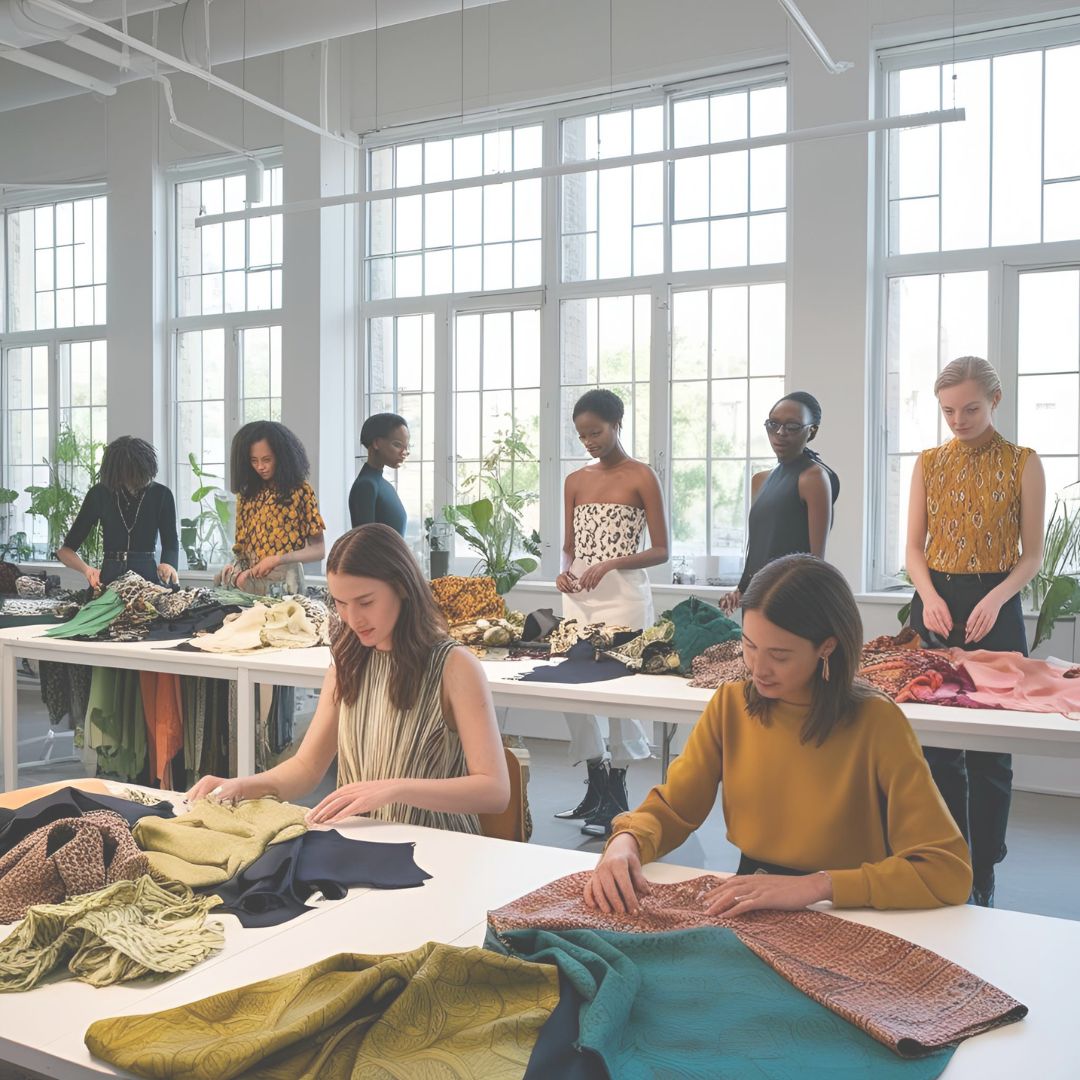The fashion industry is undergoing a necessary transformation. What was once driven by fast cycles and excessive consumption is slowly being reimagined through the lens of the circular economy. This shift is not just about style—it’s about survival. With increasing awareness of the environmental damage caused by textile waste and overproduction, brands and consumers alike are embracing new ways to extend the life of garments and reduce the industry’s footprint.
At the core of this transformation is textile recycling, a process that enables fabrics to re-enter the production cycle instead of ending up in landfills. Combined with the principles of clothing reuse and sustainable fashion, this movement is pushing for lasting change in how we create, wear, and dispose of our clothes.
What Circular Economy Means for Fashion
The circular economy is an economic system designed to eliminate waste and make the most of resources. In fashion, this means designing products for durability, repairability, and recyclability. It also encourages reusing garments, sharing or renting clothing, and returning items to brands for repurposing or recycling.
Rather than the traditional take-make-dispose model, circular fashion closes the loop. Materials are kept in use for as long as possible, and when they can no longer be reused, they are recycled into new fibers, creating new garments without the need for virgin materials.
This approach offers multiple benefits. It reduces pollution, saves water and energy, and minimizes the demand for raw materials. It also opens opportunities for fashion innovation, creating space for new business models that prioritize sustainability.
The Role of Textile Recycling in Circular Fashion
Textile recycling is one of the most crucial aspects of a circular fashion system. It involves collecting used garments and processing them to recover fibers that can be reused in the creation of new clothing. This can include mechanical recycling (where fibers are shredded) and chemical recycling (where fibers are broken down at a molecular level to be rebuilt).
The success of textile recycling depends on how garments are designed. For example, clothing made of a single fiber (like 100% cotton) is much easier to recycle than items made from blended fabrics. This has led to a rise in “design for recycling,” where garments are made with future reuse in mind.
Large brands are increasingly investing in recycling technology. Some use post-consumer textiles as raw materials, while others partner with recycling companies to create innovative fibers from waste. These efforts reduce landfill use and drive momentum toward a truly sustainable fashion ecosystem.
Brands Leading the Way with Sustainable Innovation
Across the industry, many brands are setting a new standard for circularity. They are innovating not just in materials, but in processes, supply chains, and customer experiences. Some key examples include:
- Levi’s: Promotes circular design principles, including jeans made with recycled denim and fewer synthetic components to make recycling easier.
- H&M: Operates in-store garment collection programs and has introduced clothing lines using recycled fibers from its own take-back initiatives.
- The North Face: Offers a “Renewed” line of refurbished products, keeping items in use longer and reducing waste.
- MUD Jeans: A pioneer in the “lease-a-jean” model, allowing customers to return jeans for recycling and receive new pairs, closing the loop.
These examples show how fashion innovation is at the heart of circular models. From smart labeling (to identify recyclable fabrics) to AI-powered sorting of textile waste, technology is playing a vital role in making circular fashion scalable and effective.
Clothing Reuse and Consumer Empowerment
A key component of the circular economy is clothing reuse. Consumers have a significant role in extending the life of garments by reusing, repairing, swapping, or donating clothes. With platforms like secondhand marketplaces, rental services, and clothing swaps, the opportunities for keeping clothes in circulation are growing.
Fashion lovers are also rediscovering the value of vintage and upcycled clothing. Not only do these pieces carry unique stories, but they also represent conscious choices that reduce the demand for new resources.
Brands are responding by designing more durable, versatile items that hold their value over time. Many are offering repair kits, lifetime guarantees, or buy-back programs to encourage customers to choose quality over quantity.
Fashion Innovation Driving Circular Business Models
As sustainability becomes a central focus, fashion innovation is emerging in every part of the value chain. Startups and established brands alike are exploring new ways to align profitability with environmental responsibility.
Technologies like 3D knitting reduce fabric waste in the production process, while biodegradable fabrics offer solutions to waste at the end of a garment’s life. Blockchain tools are being used to track material origins, ensuring transparency in recycled content.
Even luxury brands are embracing circularity, not only to meet consumer expectations but to future-proof their business. The shift is driven by both ethical imperatives and market demand. Consumers are actively seeking out brands that reflect their values and contribute to a better future.
How You Can Support Circular Fashion
Supporting the circular economy in fashion doesn’t require a total lifestyle overhaul. Small, intentional actions can have a big impact. Here are a few practical steps:
- Choose garments made from recycled or single-fiber materials
- Support brands that promote transparency and circular practices
- Participate in clothing swaps or buy secondhand
- Repair clothing instead of discarding it
- Recycle used garments through certified programs or brand take-back systems
Each of these actions contributes to a more responsible and sustainable industry. The more consumers engage with these practices, the faster the transition to circularity will happen.
The future of fashion lies in circular thinking—where waste becomes a resource, and innovation leads the way toward a cleaner, more ethical industry.







